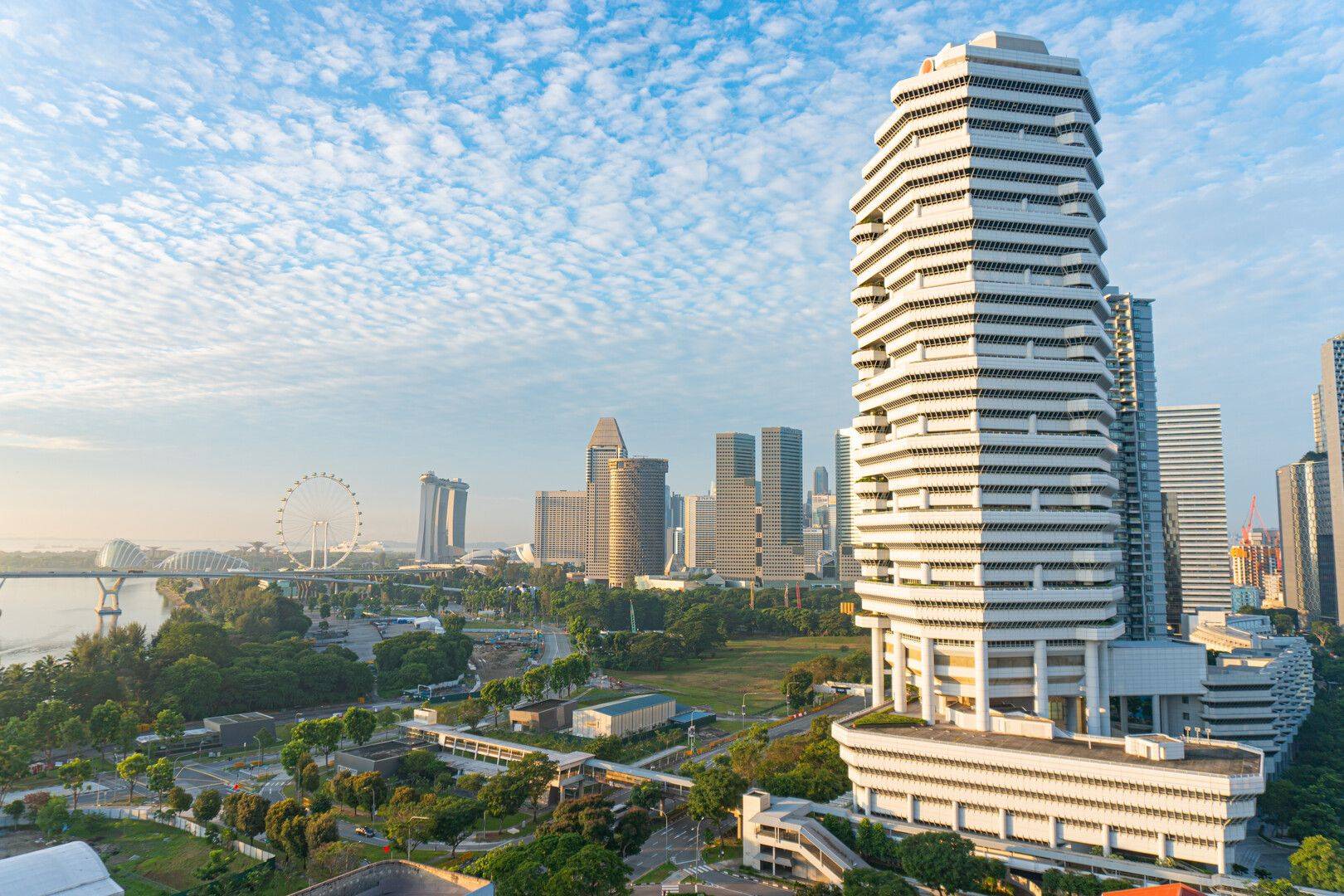
Tackling Embodied Carbon in the Built Environment: A collaborative approach
The built environment plays a vital role in global sustainability, with embodied carbon, representing emissions associated with building materials and processes, emerging as a crucial focus. Singapore leads the way in addressing this through innovation and strategic collaboration with key players.

The built environment plays a vital role in global sustainability, with embodied carbon, representing emissions associated with building materials and processes, emerging as a crucial focus. Currently, buildings account for nearly 40 percent of global energy-related emissions, with embodied carbon contributing significantly to this footprint.
Embodied carbon emissions are projected to nearly equal operational carbon emissions by 2050 due to increased construction activity, highlighting the urgency of action.
Singapore, a city-state renowned for its forward-thinking approach, has recognized the importance of addressing this issue. Their comprehensive approach which encompasses policy, research, education, collaboration, and finance, is embodied in the Singapore Green Plan 2030.
The plan outlines ambitious goals across five pillars: environmental sustainability, climate resilience, resource efficiency, green living, and international collaboration. This roadmap guides government policies and inspires all sectors to innovate and adopt green practices, paving the way to achieve net-zero emissions by 2050.
Policies and initiatives for reducing embodied carbon
While the government drives policies to promote sustainable construction and reduce embodied carbon emissions, organizations have also taken the initiative to produce beneficial tools. Jurong Town Corporation (JTC), for example, has taken a significant step in addressing embodied carbon emissions through the launch of the Singapore Building Carbon Calculator (SBCC).
As Singapore's first localized web-based embodied carbon calculator, the SBCC serves as a vital tool for developers, consultants, and contractors to assess the embodied carbon of their building projects, encouraging the adoption of greener materials and sustainable construction practices.
In addition to the SBCC, JTC is developing its own embodied carbon benchmark for typical industrial buildings. This collaboration with the Energy Research Institute at Nanyang Technological University will analyze existing JTC projects, allowing them to track and cut carbon throughout construction. This knowledge will fuel smarter choices for sustainable materials and practices, not only benefiting both JTC and the entire built environment, but also paving the way for other organizations to follow suit.
Innovating solutions through education and collaboration
Recognizing the need for scientific and technical expertise to inform embodied carbon reduction strategies, Singapore is also investing in research and education in this area. The National University of Singapore (NUS), for example, offers a wide range of sustainability-related programs and courses covering various aspects of the building life cycle, including real estate green investment and finance, urban planning, net-zero carbon development, building performance, and sustainability.
In practice, they are setting a new benchmark for the built environment sector with their recently completed adaptive reuse projects, SDE1 and SDE3. These projects provide valuable examples of how to revitalize historic buildings while improving carbon performance.
In addition to academia, collaborative efforts between government and industry are essential to driving embodied carbon reduction. For instance, AECOM has partnered with the Economic Development Board (EDB) to establish the Sustainable Legacies Centre of Excellence (CoE) in Singapore. The CoE will serve as a hub for innovation, training, and thought leadership that will further enhance the sustainable engineering skills of AECOM's Singapore employees and promote sustainability efforts in the country.
The CoE is aligned with the Singapore Green Plan 2030, which charts ambitious and concrete targets in support of the UN's 2030 Sustainable Development Agenda and Paris Agreement, as well as Singapore's goal of achieving net zero emissions by 2050.
Sustainable finance initiatives
Sustainable finance mechanisms are also playing a role in supporting embodied carbon reduction in Singapore. One example of sustainable finance in Singapore is the Green Loan Framework established by the Monetary Authority of Singapore (MAS). Under this framework, financial institutions offer green loans to fund projects that contribute to environmental sustainability, including those aimed at reducing embodied carbon in construction. These loans provide favorable terms and conditions to incentivize businesses and developers to adopt sustainable practices, thus promoting the incorporation of low-carbon materials and energy-efficient technologies in building projects.
AECOM’s approach
In practice, there are several ways to reduce embodied carbon in buildings. AECOM, in partnership with its clients, uses ScopeX™ to reduce emissions across the entire lifecycle of an asset, from planning to decommissioning. This is AECOM’s platform to reduce carbon emission which will consider embodied and operational carbon across the entire lifecycle with the aim of reducing carbon impact by at least 50 percent compared to industry norms on major projects. ScopeX™ is a way of systematizing the methods, workflows and technologies needed to enable decarbonization of the projects we work on.
In addition to reporting embodied carbon, it is important to set targets for embodied carbon. This will help to drive innovation and investment in low-carbon materials and technologies. Similar to operational carbon targets, embodied carbon targets could be performance-based. This presents an exciting avenue for clients to steer their project’s design.
For instance, if a project superstructure’s performance-based embodied carbon target is set as part of the design brief, it will allow for an informed decision-making by architects and engineers. Ultimately, reducing embodied carbon requires a collaborative effort from all stakeholders. Through an informed lens, we can navigate the path towards environmentally responsible and future-ready buildings.
Conclusion
Singapore's leadership in tackling embodied carbon in the built environment is setting a global example. By adopting a comprehensive and forward-thinking approach underpinned by collaboration, innovative thinking and collective action, organizations in Singapore are demonstrating that reducing embodied carbon emissions in the built environment and achieving sustainable development can be driven from various angles and have a wide-reaching impact.